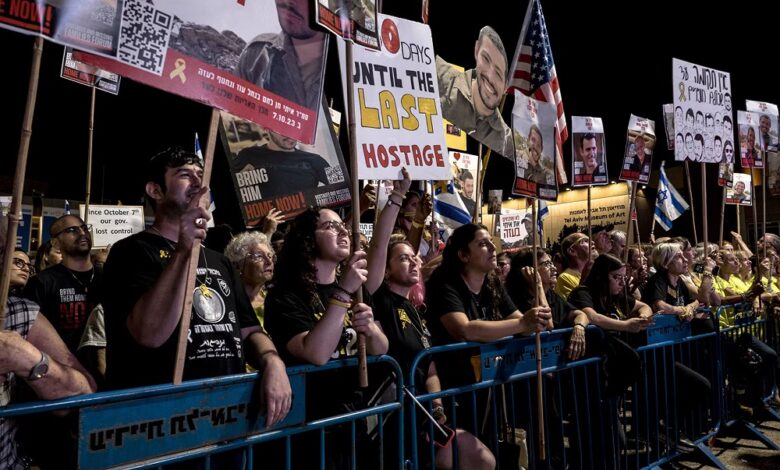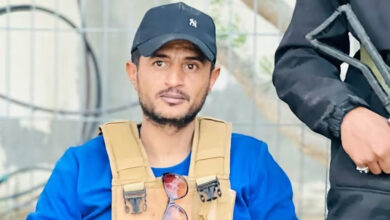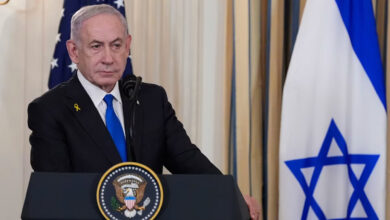
Israeli authorities said Monday they had received the coffin of a deceased hostage from Gaza.
The remains will be formally identified at the National Institute of Forensic Medicine in Tel Aviv, the Israel Defense Forces (IDF) and Israel Security Agency (ISA) said in a joint statement.
They requested that people refrain from speculating about the identity of the body until the family had been informed.
Earlier, Hamas transferred the body to the Red Cross in northern Gaza.
If the body is confirmed to be that of a hostage, Hamas will have handed over the bodies of 16 of the 28 deceased hostages that were part of the ceasefire agreement. The bodies of 12 more remain in Gaza.
One of the bodies in an earlier exchange was later found not to be that of a hostage, but of a Palestinian from Gaza, though Hamas said it had misidentified the body rather than intentionally sent the wrong one.
Anger has intensified in Israel over the delayed return of the hostage bodies as outlined in the ceasefire deal. Demonstrators have frequently gathered in Tel Aviv’s Hostages Square to demand the release of the remaining bodies.
This week, heavy machinery from Egypt entered Gaza to assist in the search for the bodies of the hostages.
Hamas has previously said that it handed over all of the hostage remains that it could access and that “extensive efforts and special equipment” would be needed to retrieve more.
Israeli intelligence has assessed that Hamas may not be able to find and return all the remaining dead hostages in Gaza. But Israel believes that Hamas does know the locations of some of the deceased hostages it claims are missing.
Two senior US advisers said that the US had received assurances from Hamas – through third-party mediators – that they would do everything possible to locate and return the remaining bodies.
US Vice President JD Vance downplayed concerns about the fragility of the ceasefire but declined to put a timeline on the return of all deceased hostages and Hamas’ complete disarmament last week.
“It is a focus of everybody here to get those bodies back home to their families, so that they can have a proper burial. Now, that said, this is difficult. This is not going to happen overnight,” Vance said at a press conference in Israel.
US President Donald Trump has said that he would consider allowing Israeli Prime Minister Benjamin Netanyahu to resume military action in Gaza if Hamas refuses to uphold its end of the ceasefire deal.
Even since the ceasefire took effect, Netanyahu has maintained that the “struggle is not over.”
Despite the tension, the ceasefire has largely held.
The agreement came under its first major test last week when two Israeli soldiers were killed in Gaza, prompting Israeli airstrikes on the enclave.
After the strikes, Israel and Hamas both reaffirmed their commitment to the terms of the ceasefire.
A series of US officials have made diplomatic visits to Israel following the ceasefire’s implementation, including the deal’s key architects, Steve Witkoff and Jared Kushner.
In Gaza, scores of Palestinians have returned to the ruins of their former homes after two years of war brought widespread destruction.
Thousands of Palestinians are believed to be buried under the rubble.
Hamas has moved quickly to reassert control of parts of Gaza where Israeli forces had withdrawn after the ceasefire took hold. Uncertainty has lingered about the post-war governance of Gaza and security in the territory if the group is disarmed.
This is a developing story and will be updated.



